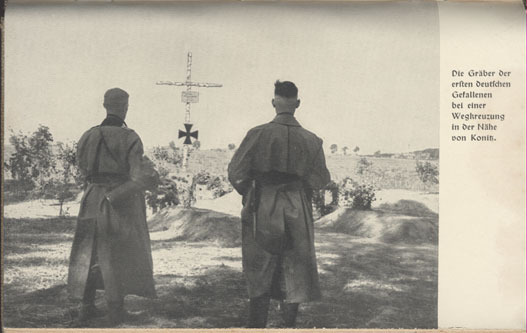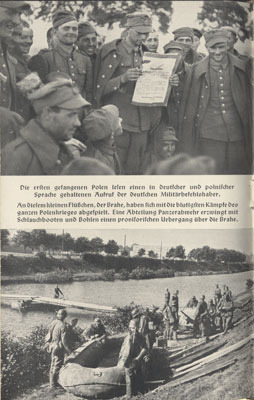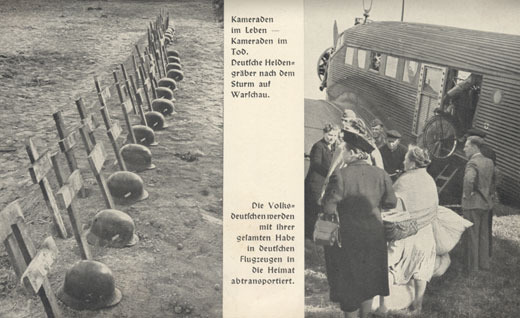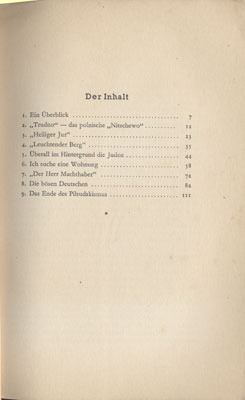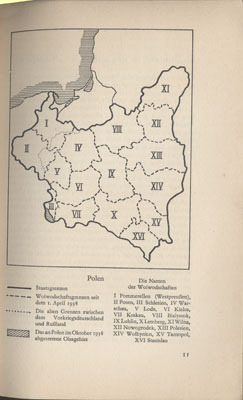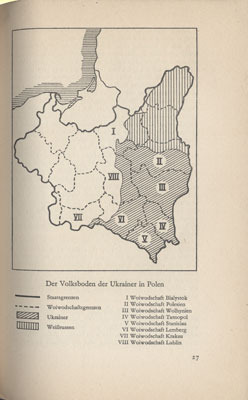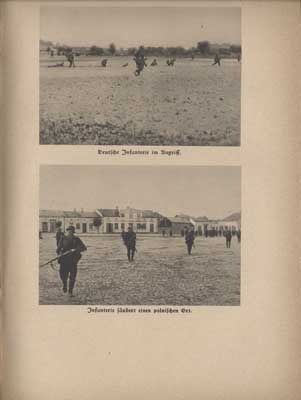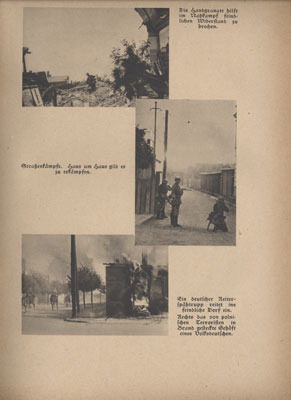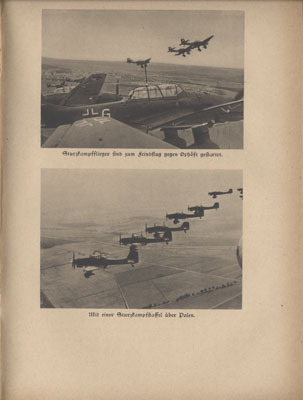Poland
Throughout the course of World War II, Poland lost over six million citizens – and nearly half of these were Polish Jews. The nation was under constant attack, pulled apart in land wars between the Soviet Union and Nazi Germany. Upon implementation of Hitler’s “Final Solution,” all six of the Nazi concentration camps were located within Polish borders.
The constant struggle endured by Poland leads one to wonder why it was such a target of aggression by the Third Reich. The books presented here shed light on this question and provide an opportunity to critically examine German attitudes and ideas about their Polish neighbors.
Karl Sedlatzek
Gewitter über Polen. Düsseldorf: Völkischer Verlag, 1940.
Written as if it were a novel, Gewitter über Polen was intended to attract German youth to support the nation’s campaign against Poland.
Peter Esch
Polen kreuz und quer. Berlin: Im Deutscher Verlag, 1939.
Written like a novel, Polish history is explained from a German perspective. Emphasis is placed on the intertwined relationship of Polish and German history, and claims are made that Poland should be reintegrated into Germany to give “lebensraum im Osten” (living space in the East).
Oberkommando der Wehrmacht
Der Sieg in Polen. Berlin: W. Andermann, 1939.
This book is divided into four sections, each part representing one week in the German invasion of Poland. Each week is described in great detail, including information on the events that occurred during the invasion, how the invasion succeeded in gaining land, and geographical information regarding the course of the invasion.

